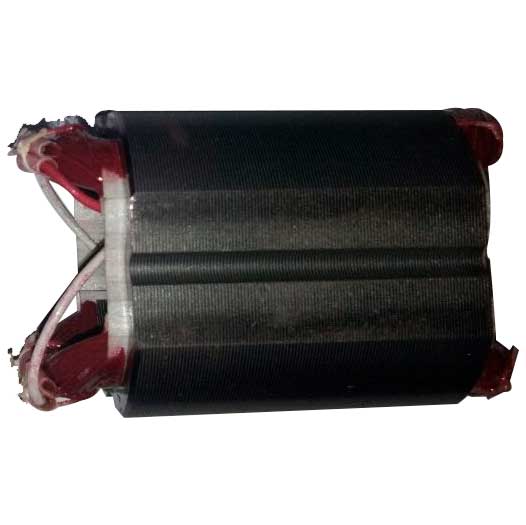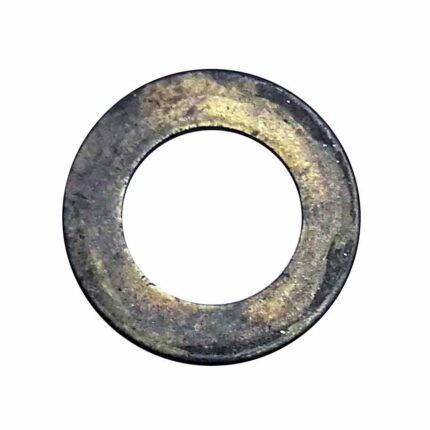The Silent Powerhouse: Unveiling the Angle Grinder Stator
Within the heart of your angle grinder lies the stator, the unsung hero responsible for generating the magnetic field that drives the motor. Here’s a deep dive into this essential component:
Function:
-
Magnetic Marvel: The stator is a stationary component that houses electromagnets. When electricity flows through the stator windings (coils of wire), it creates a magnetic field within the stator core. This magnetic field interacts with the magnets or rotor (spinning component) of the motor to generate torque, the twisting force that ultimately drives the grinding wheel.
-
Power Conversion Partner: The stator works in conjunction with the rotor to convert electrical energy into mechanical energy. The electricity from the power source (battery or outlet) is channeled through the stator windings, creating the magnetic field. This magnetic field then interacts with the rotor, causing it to spin at high speed. The rotating rotor shaft then transfers this rotational force to the grinding wheel via the output shaft.
Construction:
- Core: The stator core is typically made from laminated steel sheets. These laminations are electrically insulated from each other to minimize energy losses due to eddy currents (electrical currents induced within the core itself).
- Windings: Embedded within slots in the core are insulated copper wires called windings. These windings are arranged in a specific configuration to generate the desired magnetic field strength and direction. The specific winding configuration can vary depending on the motor type (AC or DC motor).
- Frame: The stator core and windings are housed within a sturdy frame, often made of metal or high-impact plastic. This frame protects the internal components and provides a mounting point for the stator within the angle grinder.
Types of Stators:
- AC Stator: In AC (Alternating Current) motors, the stator windings receive alternating current, which creates a constantly changing magnetic field. This changing magnetic field induces current flow in the rotor, causing it to rotate.
- DC Stator (Brushed Motors): In DC (Direct Current) motors, the stator windings receive direct current. The interaction between the stator’s magnetic field and the magnets on the rotor, along with a component called a commutator, creates a continuous rotation of the rotor. Brushless DC motors use a more complex electronic system to control the current in the windings and achieve rotor rotation.
Maintenance:
- While the stator is a robust component, dust and debris buildup can hinder its cooling and potentially lead to overheating. Regularly cleaning the grinder’s vents and keeping the work area clean helps prevent dust accumulation within the stator.
- For optimal performance, some manufacturers might recommend occasional professional inspection of the stator for any signs of damage or overheating.
Replacement:
- Stator failure is relatively uncommon, but it can happen due to factors like overheating or worn-out windings. Replacing a stator can be a complex task and might require a qualified technician. They have the expertise and tools to ensure proper installation and functionality of the new stator.
In Conclusion:
The stator, though hidden from sight, plays a critical role in the operation of your angle grinder. By understanding its function, construction, and maintenance needs, you can appreciate its importance and take steps to ensure your grinder operates efficiently and safely for years to come. Remember, when dealing with complex components like the stator, consulting a professional for repairs or replacements is often the safest and most reliable option.












Reviews
There are no reviews yet.